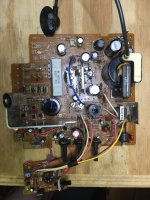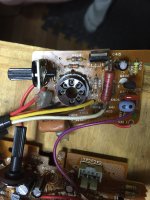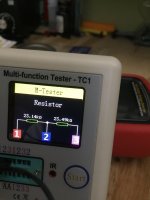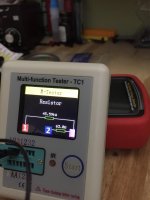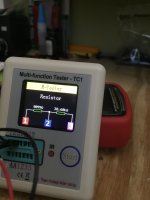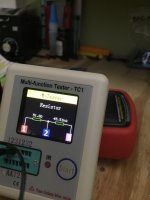Mochatea396
Experienced Member
I came into possession of a really nice BMC monochrome monitor model BM-1200SU (circa 1981) that has some issues. I've looked extensively for any documentation on this monitor and not a mention of this model anywhere. The issue is the video has a constant vertical scroll that the VHOLD won't correct. I've replaced all the electrolytic caps, removed and tested all transistors as well as testing the coils at the yoke. I've run out of direction and hopefully someone can point me. I posted a link to a small video of it's behavior.

